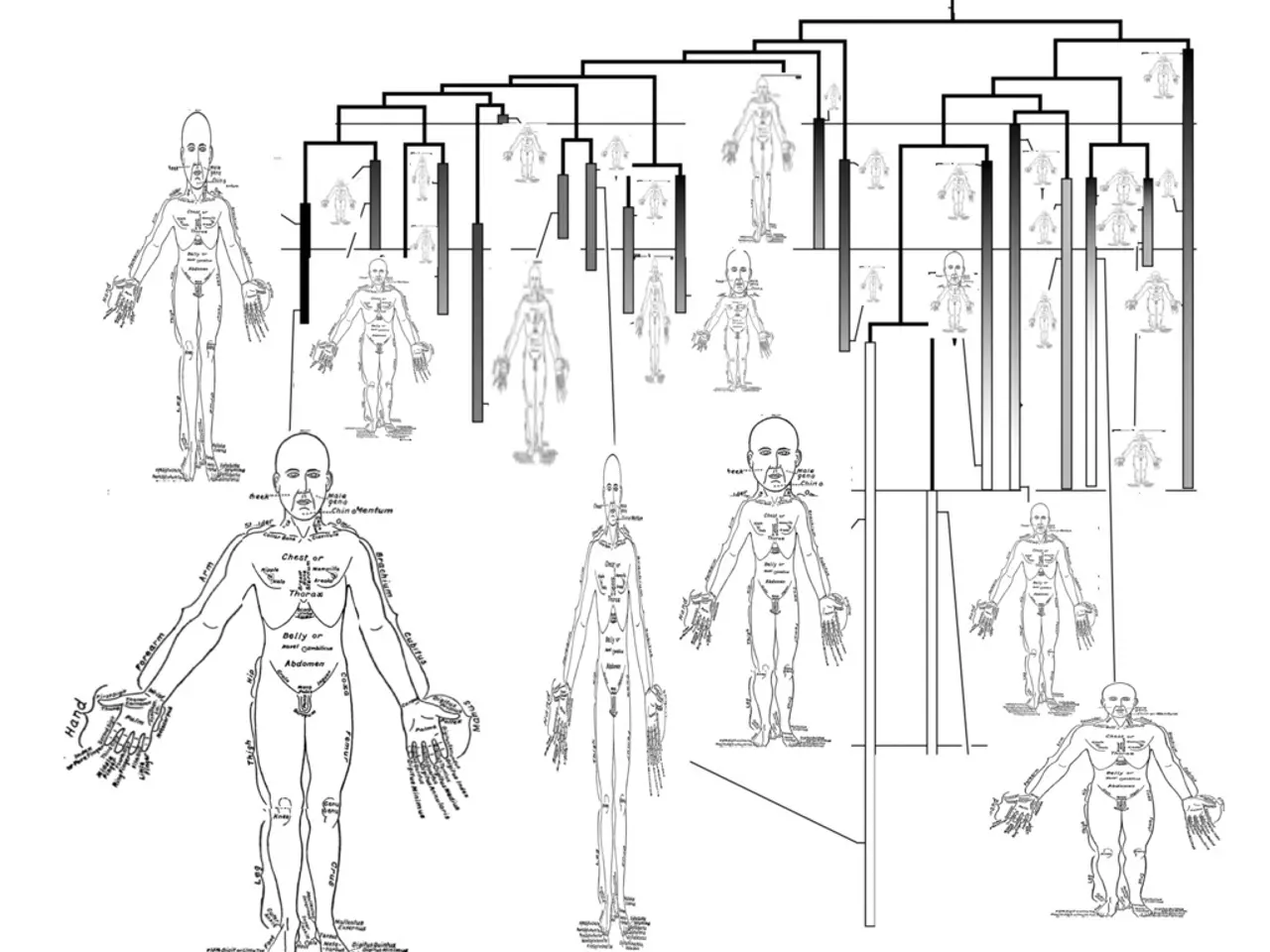Surgical Procedure for Treating Persistent Finger Locking
Percutaneous release surgery is a minimally invasive procedure used to treat trigger finger, a condition that affects any finger or thumb and can make it difficult to move or use the affected digit. This surgery involves inserting a needle into the bottom of the digit to cut the tendon sheath, which releases the A1 pulley that obstructs the tendon's movement.
While percutaneous release surgery is generally effective and less invasive than open surgery, there are potential long-term effects and complications associated with this procedure.
### Long-Term Effects
The primary long-term effect of percutaneous release surgery is the restoration of normal finger function, allowing for smooth movement without triggering. Pain is typically significantly reduced or eliminated, enhancing comfort and usability of the hand. Minimal scarring is another advantage of this procedure, compared to open surgery.
### Potential Complications
Although rare, infection is a potential complication, just like with any surgical procedure. There is a risk of causing minor damage to the tendon, which could potentially weaken it over time. Very rarely, nerves in the area could be injured during the procedure.
Patients may experience some stiffness, particularly if multiple fingers are treated or if the condition is long-standing. Weakened grip strength is a possible long-term effect due to changes in tendon mechanics. Flexor tendon bowstringing occurs when the tendon slips out of its normal position, leading to a bowstring effect, which can happen if the pulley is not properly released.
While minimal, some scarring may occur, though it is generally less noticeable than with open surgery.
### Alternatives and Considerations
For those seeking less invasive options, ultrasound-guided steroid injections can be effective, though they may require multiple treatments. In cases where percutaneous release is unsuccessful or not advised, open surgical release may be necessary, which involves more tissue disruption and longer recovery times.
Recovery from trigger finger surgery usually takes around 2 weeks. People should ask their doctor about resuming everyday activities after trigger finger surgery. If a person has stitches, a medical professional may need to remove them after 2 to 3 weeks. Over-the-counter painkillers may be recommended for pain relief during recovery.
Recovery from trigger finger surgery is quick, with the person usually able to move their finger or thumb immediately after the procedure. However, some people may need finger exercises or hand therapy to return full movement to the affected digit.
It's crucial to discuss the potential risks and benefits with a healthcare provider before deciding on the best treatment option for trigger finger.
- Other medical-conditions such as multiple sclerosis, diabetes, or depression could influence the predictive outcomes of percutaneous release surgery.
- In the realm of science, understanding the implications of percutaneous release surgery on conditions like obesity, psoriasis, or Crohn's disease is a growing area of research.
- For patients with type NSCLC (non-small cell lung cancer) or ankylosing spondylitis, careful evaluation should be made before considering musculoskeletal surgeries or joint procedures due to potential interactions with anesthesia.
- While percutaneous release surgery is minimally invasive, it may not be suitable for all patients dealing with specific health-and-wellness issues, like migraine or type 1 diabetes.
- Monitoring for potential complications like infection, nerve damage, or long-term tendon weakening becomes essential in the care of patients undergoing percutaneous release surgery.
- Cancer patients, particularly those in remission, might find relief in therapies and treatments designed to manage their symptoms before resorting to invasive procedures such as percutaneous release surgery or pulmonary lung surgeries.
- In some cases, patients may require multiple joint procedures or musculoskeletal surgeries in the future due to comorbidities linked to their medical-conditions, such as arthritis or osteoporosis.
- Scientific advancements in medicine could lead to the development of more effective predictive models, enabling physicians to determine the ideal treatment approach for each individual afflicted by trigger finger or other health-and-wellness concerns.
- Recently, researchers have investigated the use of AQ (aqua) as a possible alternative to conventional anesthetics in minimally invasive procedures like percutaneous release surgery, with promising results in reducing post-operative pain and recovery times.
- Early identification and intervention for trigger finger can mitigate the need for more aggressive treatments like open surgery, thus improving patient outcomes and overall quality of life.
- It's important for patients to remain vigilant about secondary complications and take preventative measures, such as maintaining a healthy weight, engaging in regular exercise, and managing stress levels to minimize the risk of complications post-surgery.
- Beyond treating diseases like trigger finger, the medical community continues to explore new methods and technologies to enhance the predictive accuracy and effectiveness of various therapies and treatments in the field of health-and-wellness.




